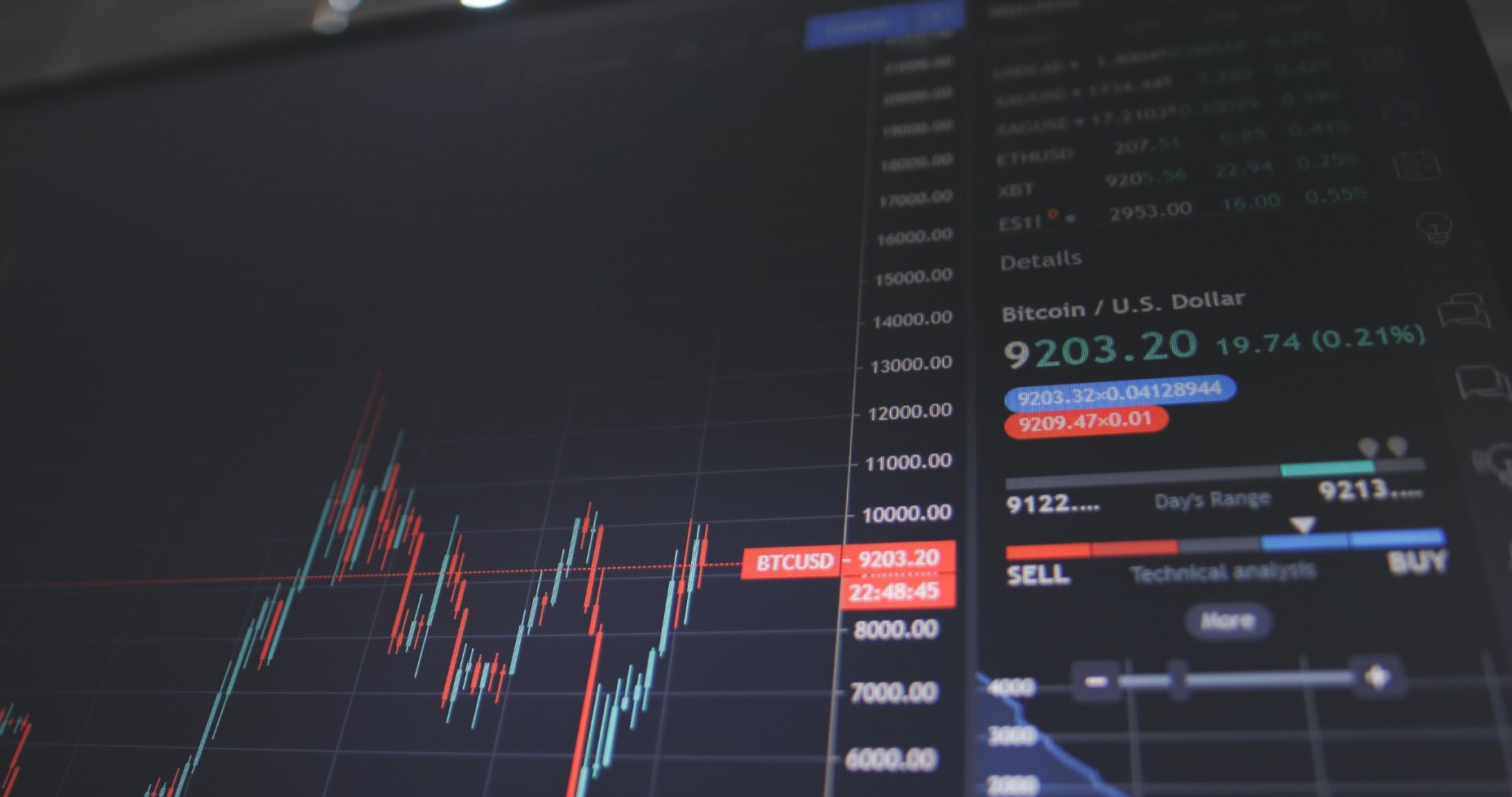
Analyzing Market Sentiment and News
Before diving into the intricacies of analyzing market sentiment and news, let’s understand the concept itself. Market sentiment refers to the overall attitude, emotions, and beliefs of market participants towards a particular asset, industry, or the market as a whole. News plays a pivotal role in shaping this sentiment, as it provides vital information that can trigger buying or selling behavior.
The Impact of Market Sentiment on Financial Markets
Market sentiment wields significant power in financial markets. Positive sentiment can drive prices higher, creating bullish trends, while negative sentiment can cause bearish trends and price declines. Understanding the impact of sentiment on markets is crucial for successful trading and investing.
Analyzing Market Sentiment: Techniques and Strategies
1. Sentiment Analysis Tools and Technologies
The digital age has brought forth sophisticated sentiment analysis tools and technologies. Natural Language Processing (NLP) algorithms can now analyze vast amounts of news articles, social media posts, and financial reports to gauge sentiment accurately. Learn about the leading tools and their applications in this section.
2. Quantitative vs. Qualitative Sentiment Analysis
Dive into the difference between quantitative and qualitative sentiment analysis. Explore how data-driven metrics and human insights come together to provide a comprehensive understanding of market sentiment.
3. Identifying and Measuring Sentiment Indicators
Discover key sentiment indicators used by analysts and traders. From put-call ratios to the Fear and Greed Index, learn how to interpret these indicators to make well-informed decisions.
4. News Sentiment Trading Strategies
Explore popular trading strategies based on market sentiment analysis. From contrarian approaches to trend-following methods, these strategies offer unique ways to capitalize on the market’s emotional swings.
Analyzing Market News: Best Practices
1. Evaluating News Sources Reliability
Not all news sources are created equal. Learn how to identify trustworthy news outlets and avoid falling victim to fake news, which can have detrimental effects on your trading decisions.
2. Impact of Breaking News on Markets
Breaking news can cause extreme volatility in the markets. Discover how to handle unexpected news events and position yourself to capitalize on sudden market movements.
3. Understanding Market Response to News
News events don’t always have the anticipated impact on markets. Unravel the reasons behind this phenomenon and explore how markets’ collective psychology shapes their reactions.
The Role of Social Media in Market Sentiment
1. Social Media as a Sentiment Indicator
Social media platforms have become virtual hotspots for market sentiment expression. Analyze the relationship between social media posts and market movements and learn how to leverage this information.
2. Managing Social Media Noise
While social media can provide valuable insights, it can also be a source of noise and misinformation. Develop strategies to filter through the noise and extract meaningful sentiment signals.
3. The Influence of Influencers
Influencers and opinion leaders on social media can sway market sentiment with their posts. Delve into the world of influencer marketing and its impact on financial markets.
Behavioral Finance: Understanding the Human Element
1. Emotions and Decision Making
Human emotions play a significant role in shaping market sentiment. Learn how to recognize emotional biases and avoid making impulsive decisions.
2. Herding Behavior and Bandwagon Effect
Herding Behavior and Bandwagon Effect are two psychological phenomena that play a significant role in shaping market sentiment and influencing investor decisions. Herding behavior refers to the tendency of individuals to follow the actions and decisions of a larger group, often without independent analysis or reasoning. It stems from the fear of missing out and the desire to conform to the actions of others. In financial markets, herding behavior can lead to price bubbles and speculative frenzies as investors pile into assets simply because others are doing the same.
On the other hand, the Bandwagon Effect is closely related to herding behavior but manifests in a slightly different way. This phenomenon occurs when individuals adopt certain behaviors or beliefs because they see others doing the same, regardless of their independent judgment. In the context of financial markets, the Bandwagon Effect can lead to irrational exuberance during bull markets and panic selling during bear markets. Investors may join the prevailing trend simply because it seems like everyone else is doing so, without thoroughly evaluating the underlying fundamentals.
While both herding behavior and the Bandwagon Effect are driven by social influences and human emotions, they can have vastly different consequences on market dynamics. While herding behavior may amplify trends and lead to excessive market swings, the Bandwagon Effect can contribute to market bubbles and subsequent crashes. Understanding these phenomena is crucial for investors to make rational decisions and avoid being swayed solely by the actions of others.
|
Phenomenon |
Definition |
Market Impact |
|
Herding Behavior |
The tendency of individuals to follow the actions and decisions of a larger group without independent analysis. |
Can lead to price bubbles and speculative frenzies, amplifying market trends and causing exaggerated market swings. |
|
Bandwagon Effect |
The adoption of behaviors or beliefs because of seeing others doing the same, irrespective of independent judgment. |
Can result in irrational exuberance during bull markets and panic selling during bear markets, contributing to market bubbles/crashes. |
Understanding the distinctions between these two psychological phenomena is essential for market participants. By recognizing the impact of herding behavior and the Bandwagon Effect, investors can adopt a more rational and independent approach to decision-making, leading to more stable and informed market behaviors.
3. Overcoming Cognitive Biases
Cognitive biases can cloud judgment and lead to suboptimal decisions. Discover effective strategies to overcome biases and enhance your analytical capabilities.
Analyzing Market Sentiment and News: Case Studies
1. Historical Market Sentiment Analysis
Examine historical cases where market sentiment had a profound impact on asset prices. Learn valuable lessons from past events and how to apply them to current market scenarios.
2. Navigating Market Crises
During market crises, sentiment analysis becomes even more critical. Explore how market sentiment shifted during major financial crises and how investors survived the turmoil.
